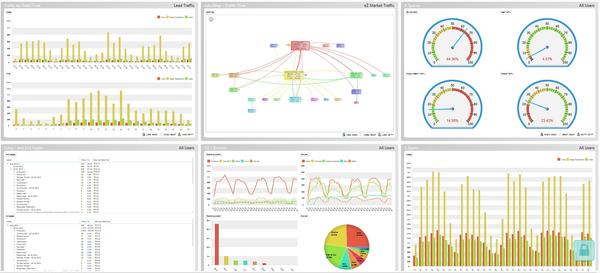eZ odoscope
eZ odoscope
The eZ odoscope extension enables an eZ installation to track the behavior of users on a website, analyze the aggregated usage, check the usability and increase the efficiency of marketing campaigns.
The tracking is done by a pixel within the eZ installation, i.e. by the serving webserver. For consolidating the data, the log files are uploaded to an odoscope web service which presents the results as a report inside a tab of the eZ Administration Interface. For analyzing the data in depth, a Windows based client software is provided.
eZ odoscope site analytics is a visual inphographic tool integrated into the eZ Publish Backoffice. The detailed documentation is packaged with the eZ odoscope extension files.
Main Features Brief Overview
- With odosMap™ - visitor path analysis, you can visualize how users move through your site
- There are several intuitive ways available to monitor the performance of the site in different ways, for different objectives
- Timelines can be analyzed for pics and deeps
- Usage by device can be observed separately to determine if site design and content are optimized for today's complex multichannel world
- Reports can be fully configured and designed for different users groups with different filter sets, views and business' needs
- Configurable benchmark tools allow for control of KPIs for monitoring and improving site performance

eZ odoscope
Requirements
Please, see Requirements for information about the requisites necessary to install eZ odoscope Extension.
Installation
Please, see Installation for installation instructions.
Documentation
Please, refer to the documentation which is packaged with the eZ odoscope extension files.
Any comments or suggestions about the documentation are very welcome. Please, leave your comments/suggestions in the corresponding documentation page.
